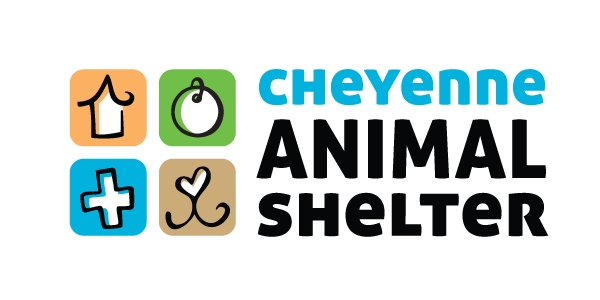What is the Safety Net Program?
It was mid-December when we got the call. A local man just shy of high school graduation was transitioning between homes and for the time being was working with a local organization that serves homeless youth. While that organization had a safe place for this young person to go, his beloved and only companion Marlo did not. Was there anything we could do to help?
Some of the lesser known services that the Shelter offers are our Safety Net programs. Designed to offer temporary and free or affordable sheltering services for owned animals whose families are facing hard times, the Safe Harbor and Crisis Care programs have helped 34 dogs, 28 cats, and their families stay together since January of 2022. Taking care of these treasured pets while they await reunification with their families is a particularly special experience for our staff and volunteers.
Pets like Luna, a small and shy gray cat, whose owner lived alone and became ill. After a ride to the hospital in an ambulance, her emergency responders knew they had to find a solution for Luna too. Though hospitalizations and even sudden incarcerations are not uncommon, they are extremely disruptive to people’s lives. Thankfully, it is well known among the community’s first responders that the Crisis Care program at the shelter is available to pets like Luna at a moment’s notice. For up to ten days, these animals can get the quality care, attention, and safe space they need while their owners either return home or make alternative arrangements. Fortunately for Luna and her mom, the illness was short-lived and the two were reunited within the week.
I often say that the shelter is a barometer of community health and resources. If something is going wrong for our neighbors, or if the resources they need for health, safety, and stability are not available to them - chances are they’re going to end up at the Shelter. Because if we all share one thing in common, it is the profoundly deep and personal connection we have with our pets. When those people are suffering, their pets are too. And nearly always, people will look for help for their animals before they’ll search for help for themselves.
This is why we believe it is important not only to have some options (albeit not as robust as we would like) for owned animals needing emergency care and housing here at the Shelter. It is also why, for the Safe Harbor program which houses animals for up to 30 days while their homeless owners look for other accommodations, we work to build partnerships with agencies in our community who can serve those people too.
Safety Net programs are so-named because they require an interwoven network of collaboration and compassion to work. As part of our vision to expand the scope of shelter services and prioritize the maintenance of existing human-animal bonds, we are working to expand those services and help ensure that pets and the people who love them can stay together whenever possible. Temporary life disruptions shouldn’t require families to be forever separated. The Safe Harbor and Crisis Care programs are already working to ensure that doesn’t happen. If you or someone you know is experiencing homelessness, hospitalization, incarceration, or domestic violence, please know that the Shelter is here to help support you and your family during these difficult times.
For Marlo and his person, nearly a month went by before anything changed. Then, with the help of social services and pet-friendly rental policies, the two were joyfully reunited one cold, January morning. Marlo had been a perfect guest at the shelter, though his loneliness and depression were evident. On the day of their reunion, the dog flew into his owner’s arms and howled with delight. It was a joyful, tearful moment and one that none of us will soon forget. For many of us, pets are family. For some of us, pets are everything.
To support our Safety Net programs, and be part of a community-wide life-saving network, donate online at cheyenneanimalshelter.org/donate.

